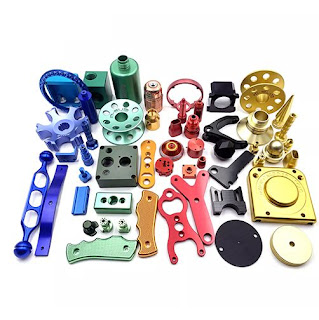What is a Ball Bearing?
Rolling-element bearings are used to ensure smooth, efficient operation in many machines with rotary motion—from car wheels, engines and turbines to medical equipment. A ball bearing is a type of rolling-element bearing that serves three main functions while it facilitates motion: it carries loads, reduces friction and positions moving machine parts.
Ball bearings use balls to separate two “races,” or bearing rings, to reduce surface contact and friction across moving planes. The rotation of the balls causes a reduced coefficient of friction when compared with flat surfaces rubbing against each other. Because there is little surface contact between the balls and races, ball bearings typically have a lower load capacity for their size than other rolling-element bearings.
WHAT ARE THE DIFFERENT TYPES OF BALL BEARINGS, AND WHAT ARE THEIR APPLICATIONS?
There are a variety of different designs and applications for ball bearings, and their design is specific to their industrial application and load type. Some common designs of ball bearings include:
Angular Contact Bearings: designed to work under combined radial and axial loads.
Axial Bearings: also called thrust ball bearings, these are designed to work under force applied parallel to the bearing’s axis, or thrust loads.
Deep-Groove Bearings: designed to carry both radial and light axial loads.
Linear Bearings: designed to allow movement in one direction along a linear axis.
Self-aligning Ball Bearings: bearings with two sets of balls that are self-aligning and to carry both radial and light axial loads.
High-Speed Angular Contact Bearings: another type of precision ball bearing is a high-speed angular contact bearing. As the name implies, high-speed bearings are designed to handle high RPMs with precision and accuracy.
WHAT ARE SOME BALL BEARING SIZES, SHAPES AND MATERIALS?
Ball bearing sizes vary according to their use. The width of the bearing also depends on the application. For example, thin section bearings are used in situations where space is at a premium. The difference between the diameter of the outside and inside races and width is minimized, allowing for compact designs.
The materials used in ball bearings depend on their application. The vast majority of ball bearings are made from steel. Other material types include stainless steel bearings for improved corrosion resistance and hybrid ball bearings for which ceramic balls are the moving parts of the bearing between the inner and outer races to reach high rotational speeds.
HYJG bearing offers bearing products for all types of customers, covering a wide range of industrial applications. We are china bearing manufacturer TFL products and solutions are everywhere - even under the harshest conditions. Our high-precision rolling bearings are used in wind turbines and machine tools, our linear components are used in production lines, and our automotive components are installed in vehicles by virtually every well-known car manufacturer. No matter which industry you serve, we can provide a comprehensive solution from product training to sales support to engineering resources.



评论
发表评论